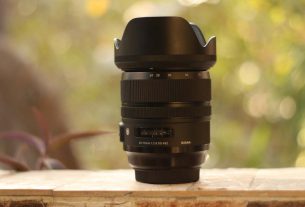Sigma has been breaking ground with many lenses in their Art series and the latest one is the Sigma 14mm f/1.8 Art Lens. Why is this lens special? While there are numerous lenses covering the 14mm focal length available, no full frame lens wider than 20mm has an aperture this wide. Astrophotographers everywhere were drooling the day this lens was announced. The promise of the high-grade optical and build quality of a Sigma Art lens combined with an ultra-wide angle focal length’s ability to take in a great amount of the sky while keeping both the stars and an included foreground sharp in addition to the especially-needed widest-ever aperture were exactly what they have been longing for.
While not everyone is interested in the astrophotography capabilities of this lens, everyone will like the features that make it a great lens for night sky photography. One of these features is the wide angle focal length, one able to keep both near and distant subjects in focus even at an ultra-wide aperture.
Focal Length – Sigma 14mm f/1.8 DG HSM Art Review
A primary reason to want this lens is because it has a 14mm focal length, and the focal length will largely determine the types of photography this lens is used for. The ultra-wide 114° angle of view presented by the 14mm focal length is both very useful and extremely fun to use.
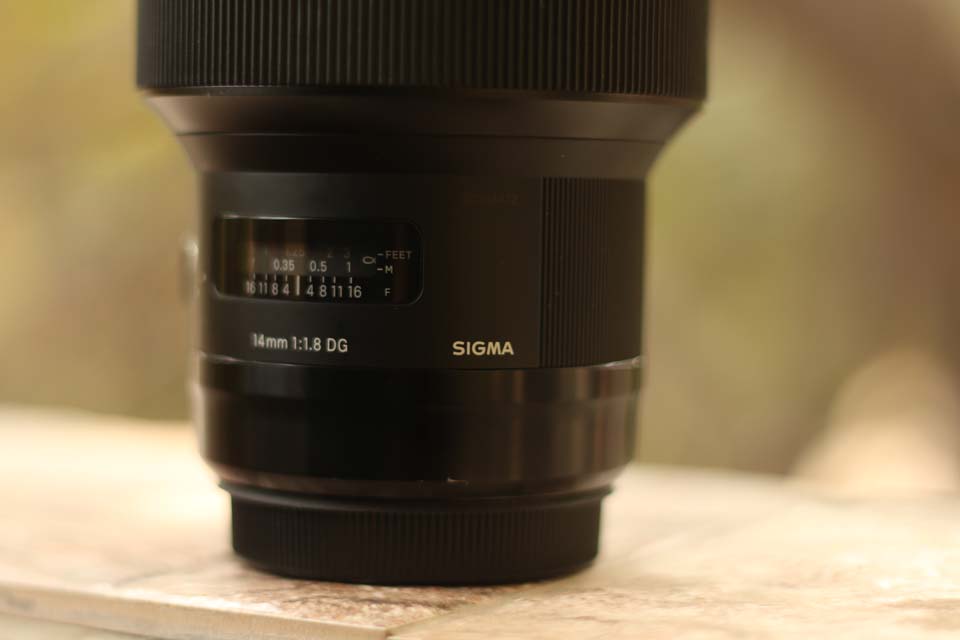
The 14mm angle of view takes in a large portion of the sky and, with a correspondingly-deep depth of field, it is easy to keep both stars and foreground subjects in sharp focus, even at f/1.8. The wide angle of view creates rather small stars, but with the low magnification, the earth’s rotation does not cause them to become blurred in images captured at longer exposures, meaning that lower, less-noisy ISO settings can be used.
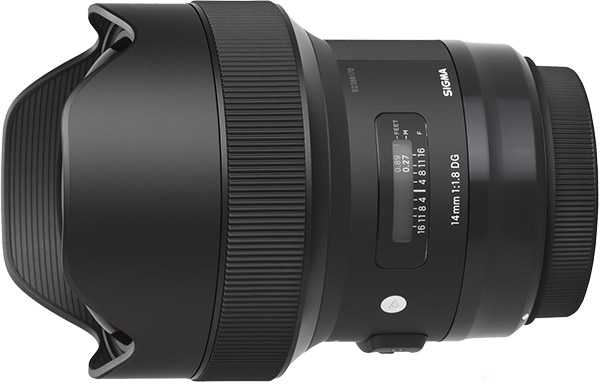
Photographing architecture is another popular use for a 14mm lens. Buildings are big and working space is often limited by other buildings, trees, power lines, etc., making an ultra-wide angle focal length such as 14mm a requirement for the task.
One of the most-common uses of 14mm is in landscape photography. The outdoor world is full of wide angle scenes awaiting your shutter release behind a 14mm lens.
While considering this lens for landscape photography use, it must be understood that the 14mm Art lens’ beautiful convex front lens element precludes the use of standard threaded front filters, namely the circular polarizer and neutral density filters commonly used for landscape photography.
The Sigma 14mm f/1.8 Art Lens is a full frame lens and though the above discussion focuses on this lens being used on a full frame camera, it also has great uses on smaller-sensor APS-C (1.5x/1.6x FOVCF) cameras. With their smaller imaging sensor size using only the center portion of the image circle, APS-C cameras provide a narrower angle of view, similar to that of a 22mm lens on a full frame body. While the 22mm-like angle of view is considerably less extreme, many of the uses are the same.
Max Aperture – Sigma 14mm f/1.8 DG HSM Art Review
What is the wide aperture good for? Stopping action, that of either a subject in motion or a camera being handheld, in low light is an especially great benefit of this feature. At the low magnification of the 14mm focal length, many photographers can get away with an f/2.8 or f/4 max aperture lens for much/most of their work. However, there are many scenarios where f/1.8 can make a big difference, especially in the ISO setting needed to achieve the same image brightness.
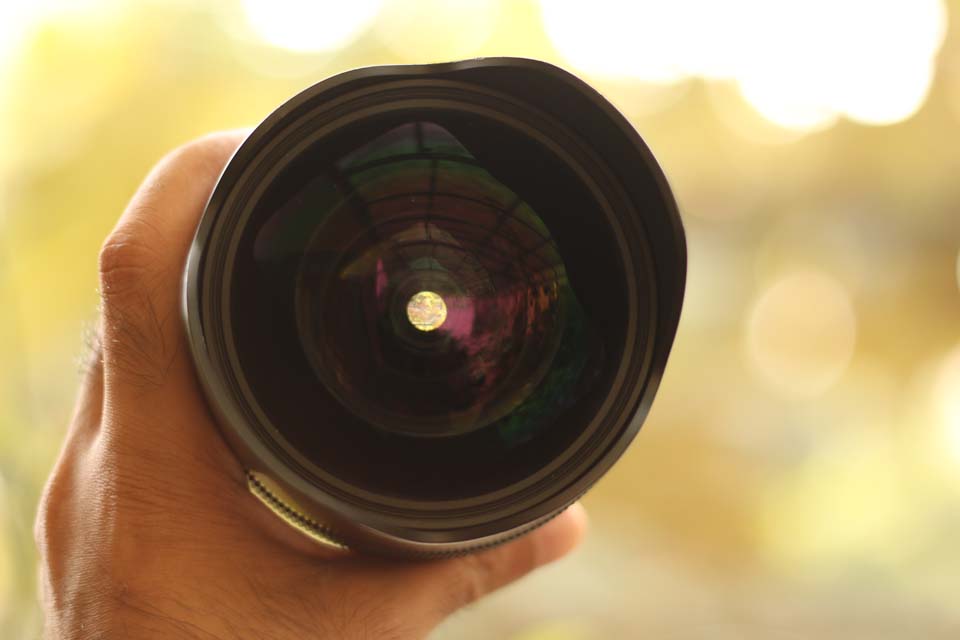
I already mentioned the night sky scenario where the earth’s rotation becomes fast action relative to the dim-ness of the night sky. Low light events, especially weddings, are another great use of f/1.8. Being able to reduce the ISO setting to 1 1/3 stop lower than when using an f/2.8 lens can mean ISO 2500 instead of ISO 6400, with a noise level difference being very noticeable.
A highly valued wide aperture benefit is the ability to create a strong background blur. While wide angle lenses do not magnify the background enough to blur its subjects beyond recognition, it can create enough separation from a close subject to make it stand out amidst a distracting background. A wide aperture means a bright viewfinder, which is especially helpful in low light, and a wide aperture can aid in a camera’s low light focusing capabilities/precision.
The downsides to a wide aperture, primarily because of the larger lens elements required, include larger physical size and a higher price tag.
Image Quality – Sigma 14mm f/1.8 DG HSM Art Review
Wide open at f/1.8, this lens is very sharp in the center of the frame. At f/2, a slight increase in contrast and resolution is seen and another slight increase of the same at f/2.8 brings on the definition of “extremely sharp”.
An ultra-wide angle lens with an ultra-wide aperture immediately draws expectations for soft corner-of-the-frame performance, at least at the widest apertures. But, I am happy to inform you that isn’t the case with the 14mm Art lens. While improvement is seen by stopping down through f/4, corner performance even wide open is still good.
APS-C-format camera owners will see around 1 stop in the f/1.8 corners and practically none at the narrower options.
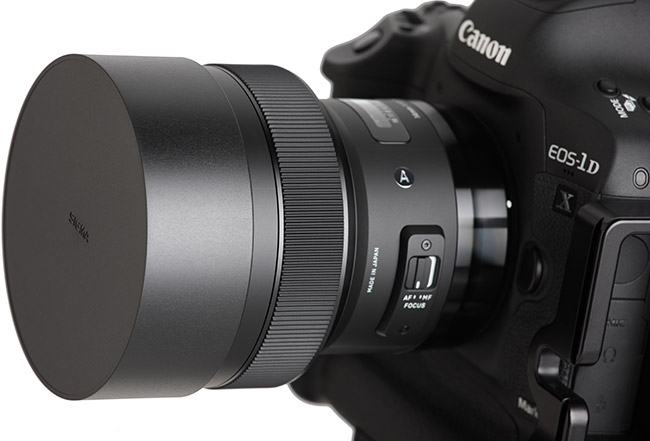
When using an ultra-wide angle lens, it is not hard to get the sun in the frame and the sun is one of the best sources of lens flare available. Even with the sun in the corner of the frame, this lens shows only a small amount of flare effects at f/16 and minimal flare effects are present at wider apertures for a very impressive performance.
Most modern lenses have lens correction profiles available for the popular image processing software programs and distortion can be easily removed using these, but distortion correction is destructive at the pixel level and this technique is seldom as good as using a distortion-free lens in the first place.
Bokeh, the quality of the background blur, is not as big of a concern with an ultra-wide angle lens as it is with longer focal length lenses, but this lens appears to create a nice quality blur even when stopped down to f/8, where the aperture blades are greatly affecting the blur quality. As the aperture gets narrower, point light sources take on a starburst effect and often I find that the wider the max aperture of the lens, the stronger the star effect a lens can produce. The 9-blade aperture creates 18-point stars as seen below. The Sigma 14mm f/1.8 Art Lens’ optical score takes a ding from the modest barrel distortion and some coma/astigmatism showing in the corners, but it is otherwise a stellar performer in this regard.
Focusing – Sigma 14mm f/1.8 DG HSM Art Review
Like the rest of the Art lenses hitting the street to date, the 14mm Art Lens gets Sigma’s best AF system which is HSM (Hypersonic Motor). At normal focus distance changes, AF locks on the subject nearly instantly. Do a full extent AF adjustment, from near minimum focus distance to infinity or vice versa, and you can easily watch the lens make its adjustment. Quiet focusing is normal for HSM systems and this one again meets that expectation.
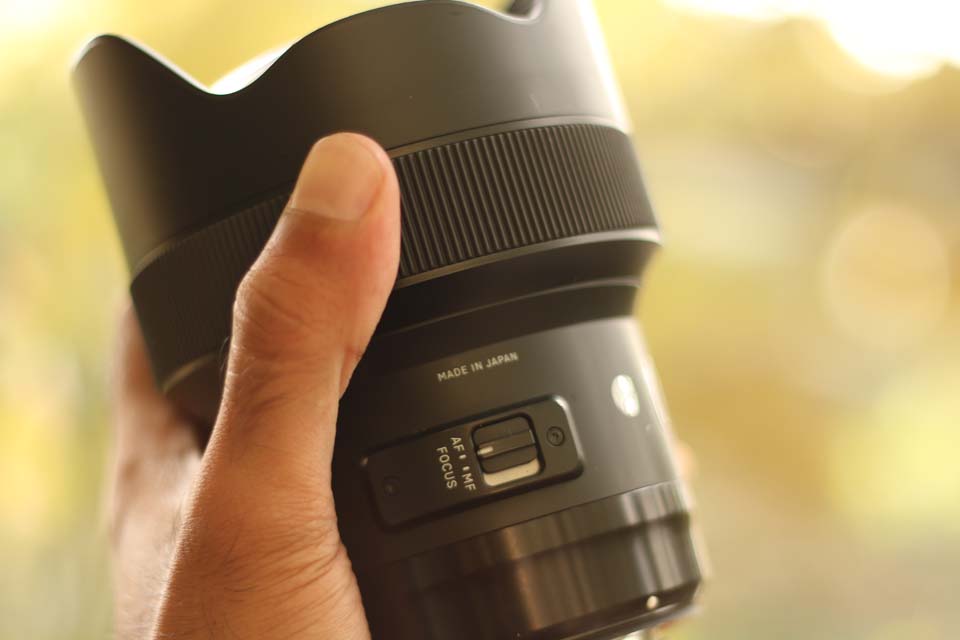
Despite the relatively deep depth of field provided by the 14mm focal length not stressing an AF system to keep subjects within the deep depth of field, this lens still has a lot many issues with consistent AF accuracy and the peripheral AF points did not perform as well as the center AF point. Live view type AF provides a much better accuracy experience and at this wide of an angle, manual focusing is often an easy option.
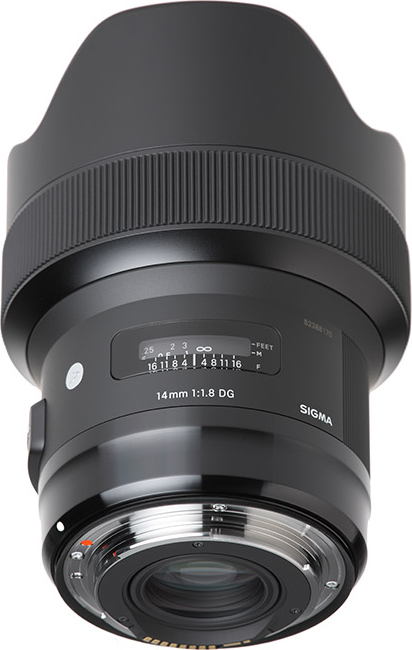
As usual for Sigma HSM implementations, internal focusing is featured and FTM (Full Time Manual) focusing is enabled. Both are nice features commonly found on quality lenses.
The Sigma 14mm f/1.8 DG HSM Art’s manual focus ring is very nice. It is smooth, has no play and has an ideal amount of rotation for precise manual focusing even with very close subjects. The focus ring is nicely-sized, very easy to find and inherently quite wide in diameter.
Build Quality & Features – Sigma 14mm f/1.8 DG HSM Art Review
While this lens, appearing very similar to the Sigma 12-24mm f/4 DG HSM Art Lens including the large convex objective element, has a somewhat unique shape, it still appears to fit in with the rest of the Art-designated lens family.
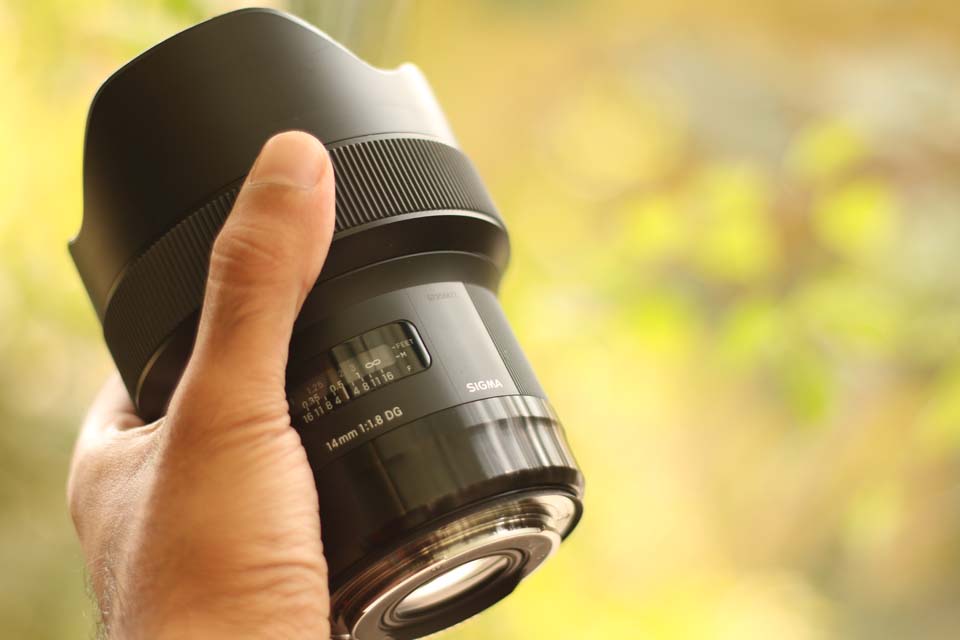
This is a fixed-size lens with the focus ring and AF/MF switch being the only external moving parts. As mentioned, the focus ring is easy to find and performs very nicely. The AF/MF switch is conveniently positioned on a slightly raised switch bank. As standard with Global Vision lenses, the back of the switch shows white when in the auto position.
The lens hood, nicely-protecting the large convex front lens element, is built-in and non-removable. Like many of the Sigma Art lenses being introduced at this time, the lens barrel construction material of choice is a Thermally Stable Composite (TSC) material, used for greater precision and for better-handling wide temperature variations, with traditional metal components also being utilized.
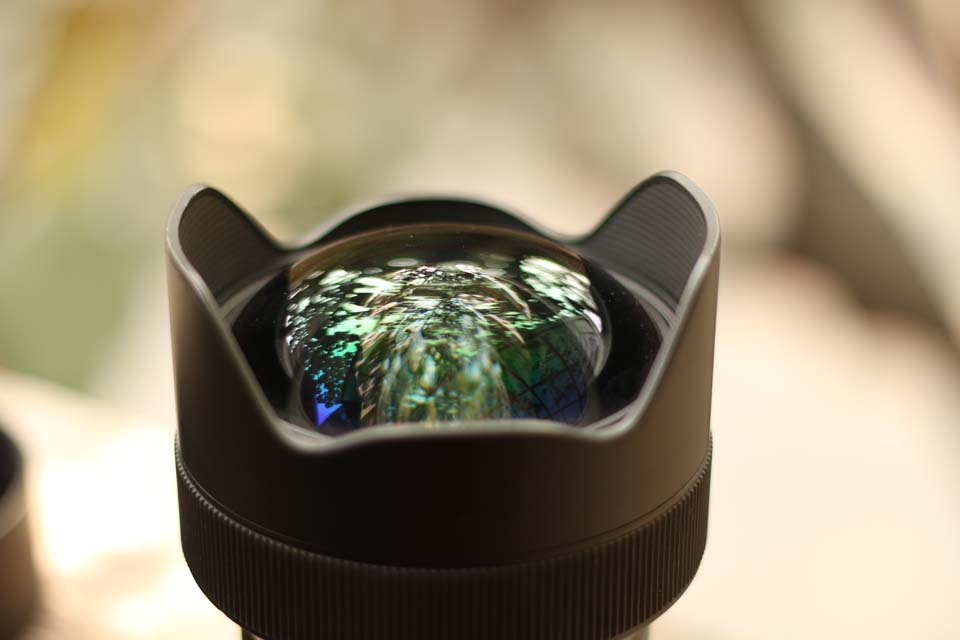
As this is a lens that will be frequently used outdoors, that it has weather sealing is highly appropriate and desirable.
Weighing in at 1170g and measuring 95.4 x 126.0mm, the Sigma 14mm Art lens does not gain entry into the lightweight club. In fact, it is one of the heaviest in its class.
Commonly provided with lenses having integrated hoods is a lens cap that also covers the sides of the hood and that lens cap style is provided with the 14mm Art lens.
The Sigma 14mm Art Lens arrives in a nice zippered padded nylon case with a shoulder strap, though without a belt loop.
Image Samples – Sigma 14mm f/1.8 DG HSM Art Review
For review purposes, these images have been not retouched in any manner, even basic color correction/cropping has not been done for the reader to be better able to understand the quality.
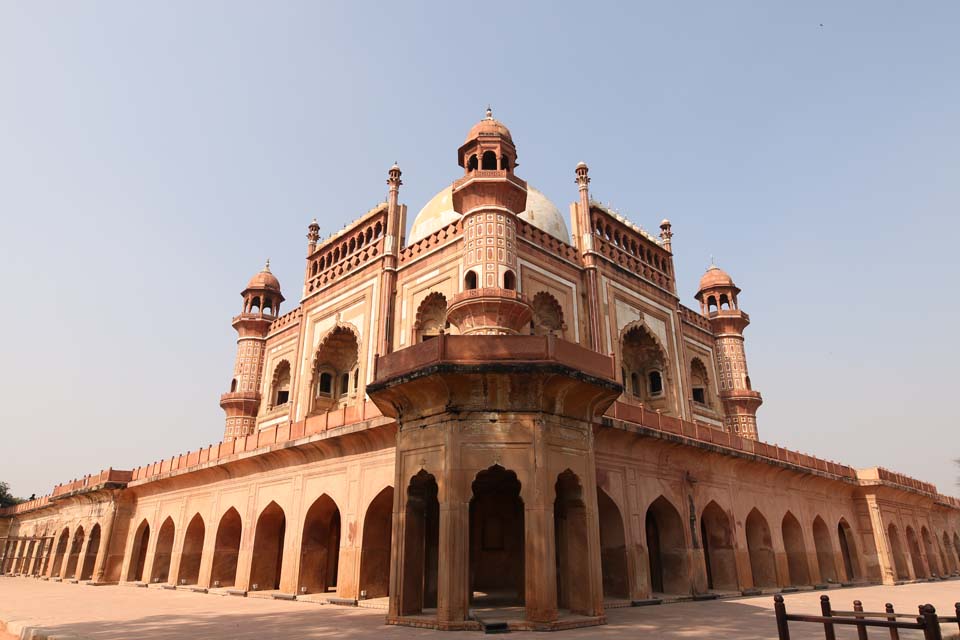
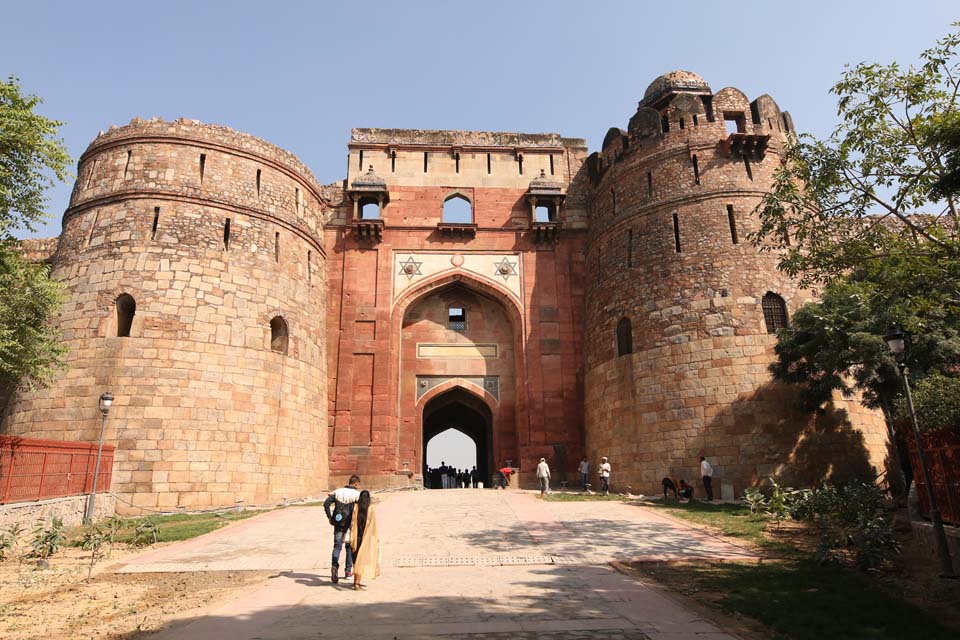
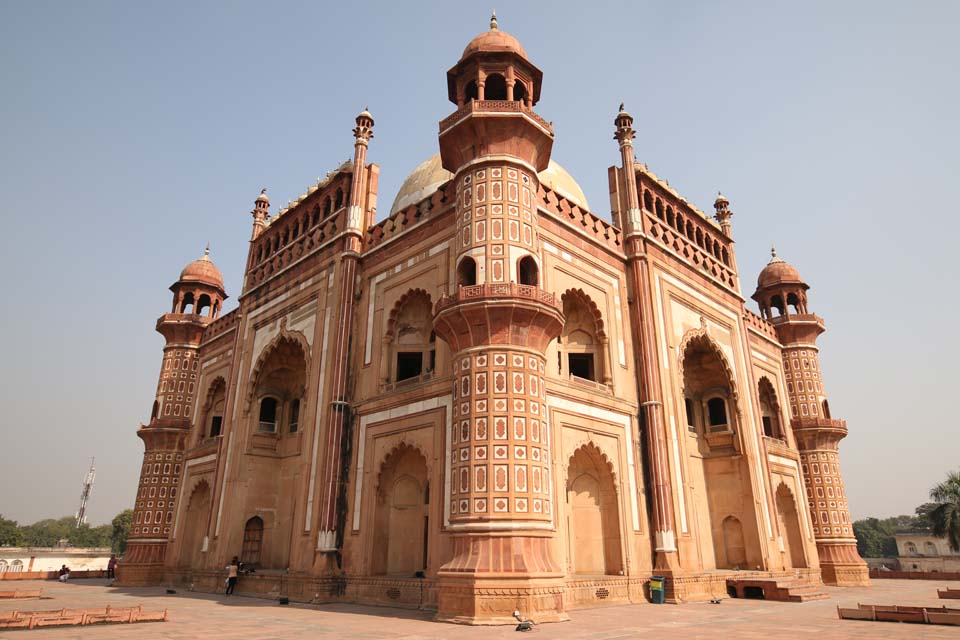
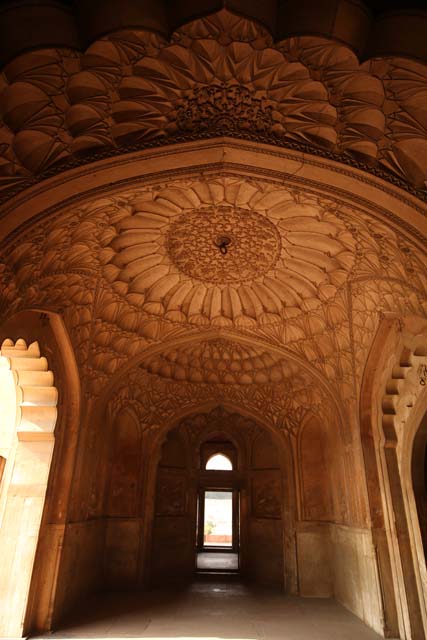
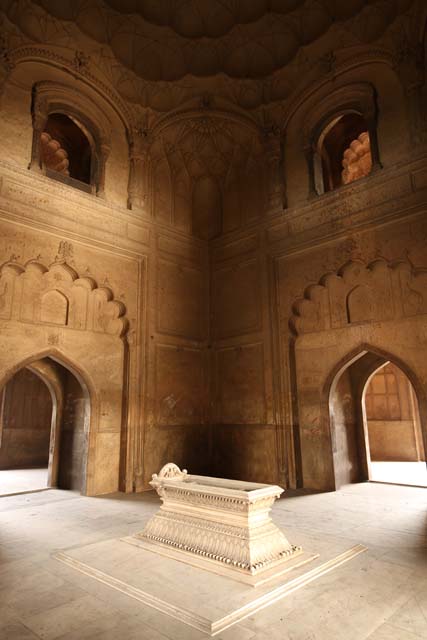
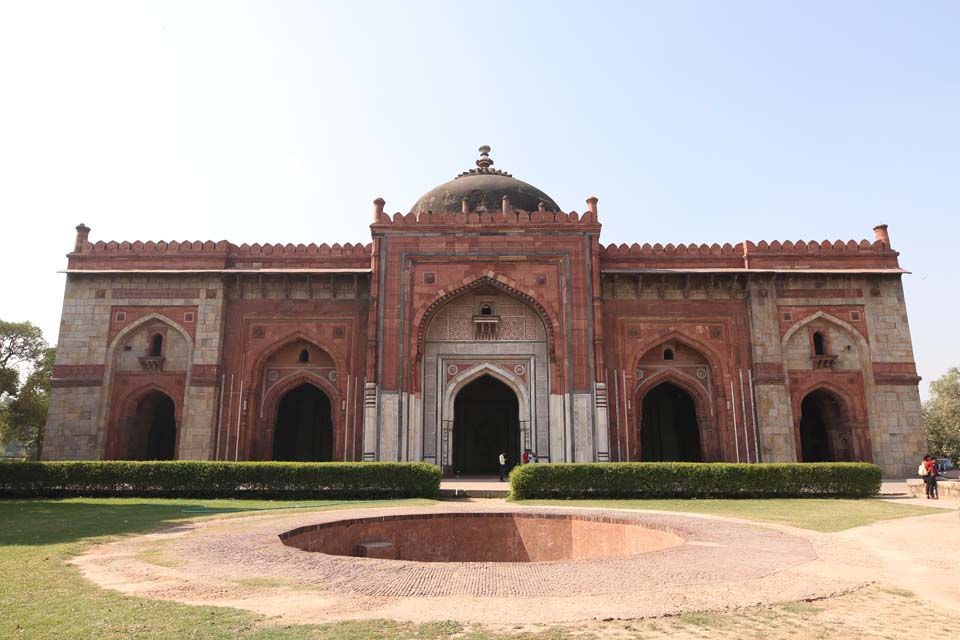
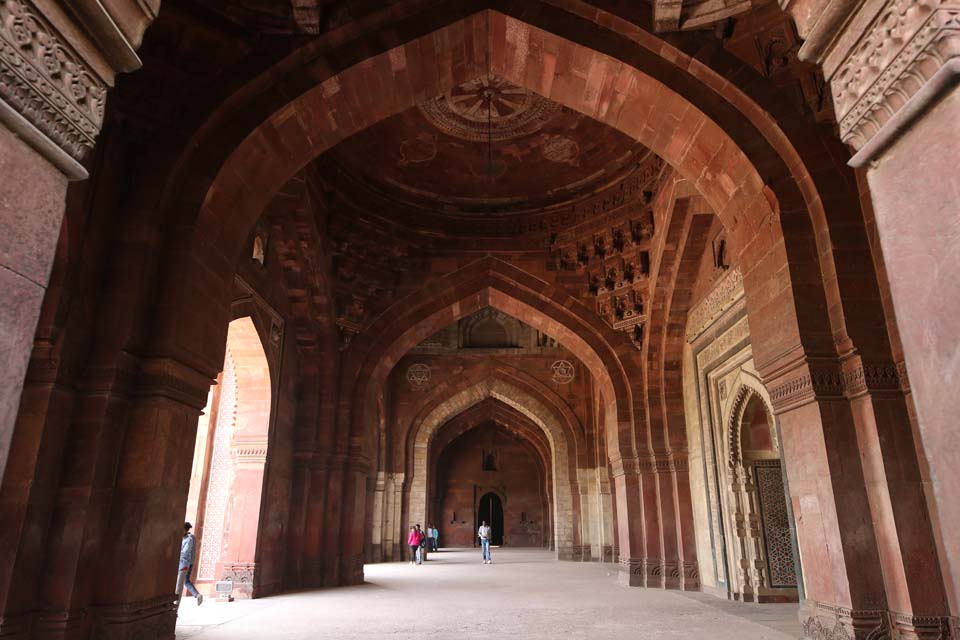
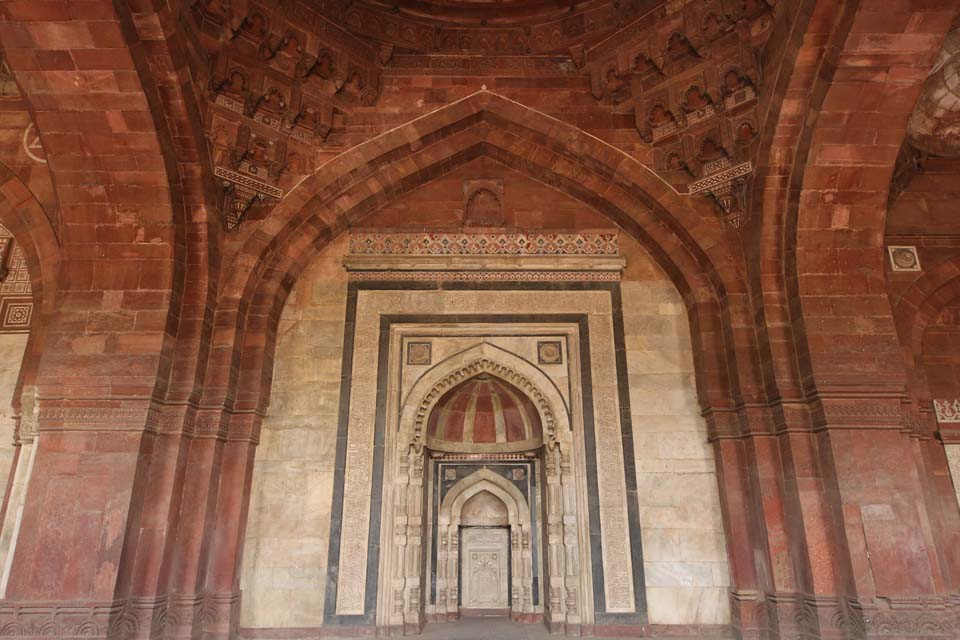

Price and Value – Sigma 14mm f/1.8 DG HSM Art Review
While the high price will certainly limit this lens’ adoption to the enthusiast and professional ranks, the unavailable-otherwise ultra-wide aperture combined with impressive image quality and solid build make this lens a reasonable value in the overall market.
The Sigma 14mm f/1.8 Art Lens is available in Canon, Nikon, and Sigma mounts and the Canon and Sigma versions can be used on a Sony E-mount camera body via the Sigma Mount Converter MC-11.
Summary – Sigma 14mm f/1.8 DG HSM Art Review
So, is the Sigma 14mm f/1.8 Art Lens the best wide field astrophotography lens? Yes, as of review time, I think it is. As popular as astrophotography is, I’m surprised by the lack of standout wide field lenses available for this purpose.
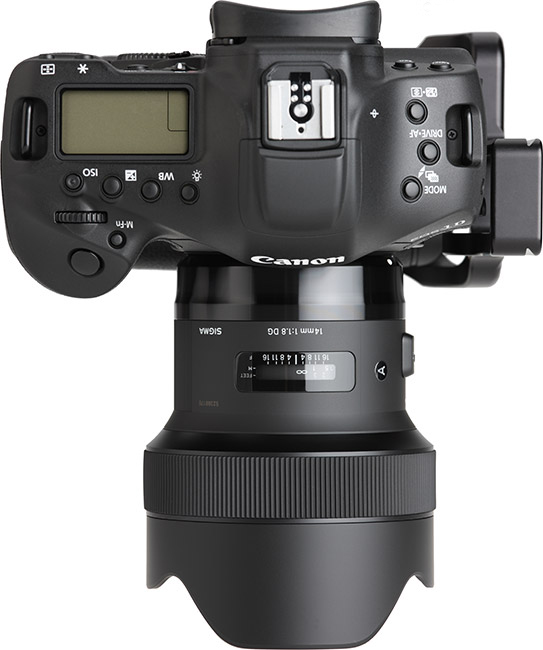
Easy to say is that this is the best 14mm f/1.8 DSLR lens ever produced, as there has never been another. Not hard to argue is that the Sigma 14mm f/1.8 Art Lens has the best 14mm image quality available to date. The design of this lens is aesthetically pleasing and the build quality similarly-good. The price will set you back a noticeable amount and the AF system may not leave you impressed, but the other aspects of this lens will make it a top choice for fulfilling the critical ultra-wide angle needs in many serious kits.
